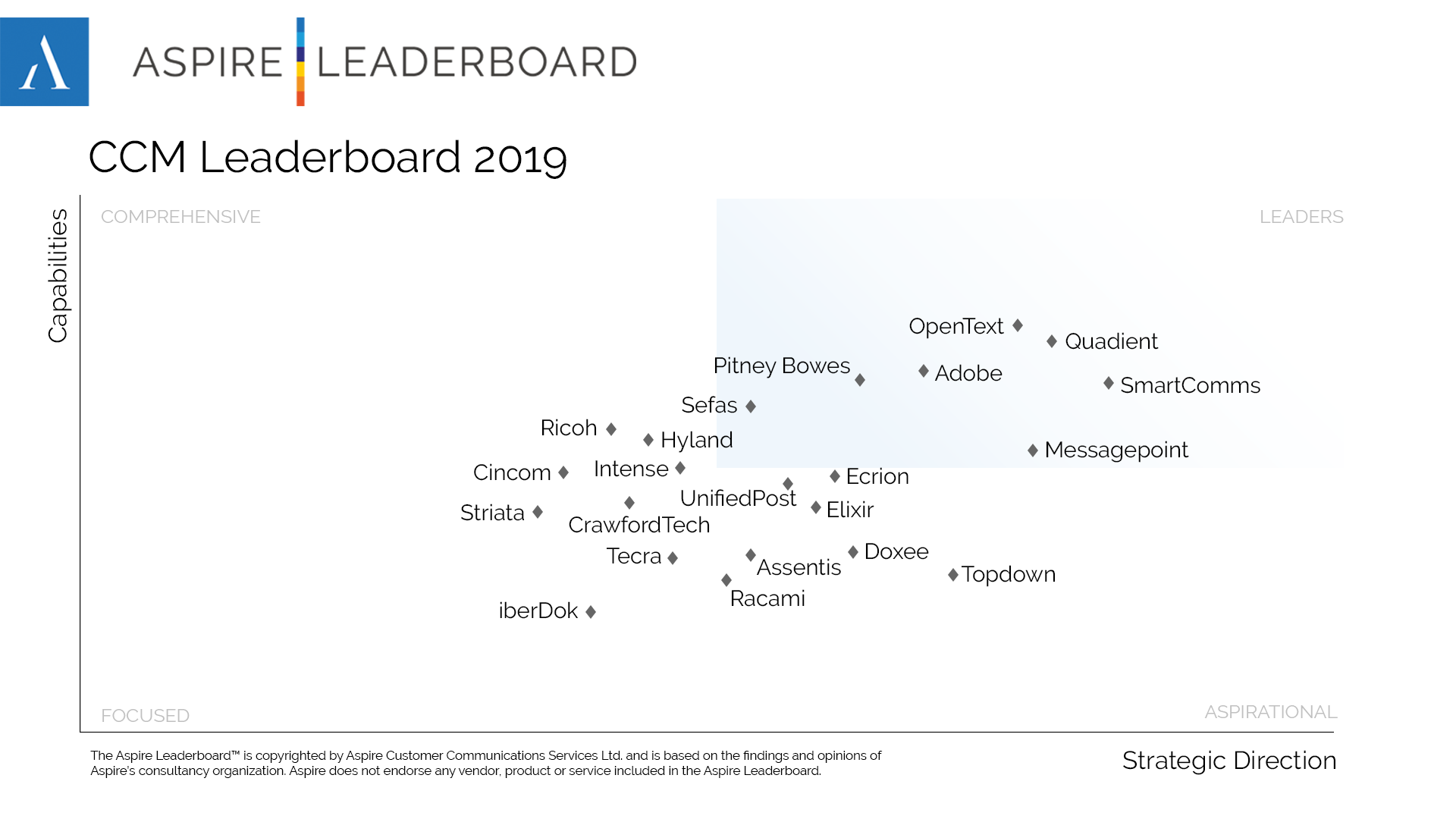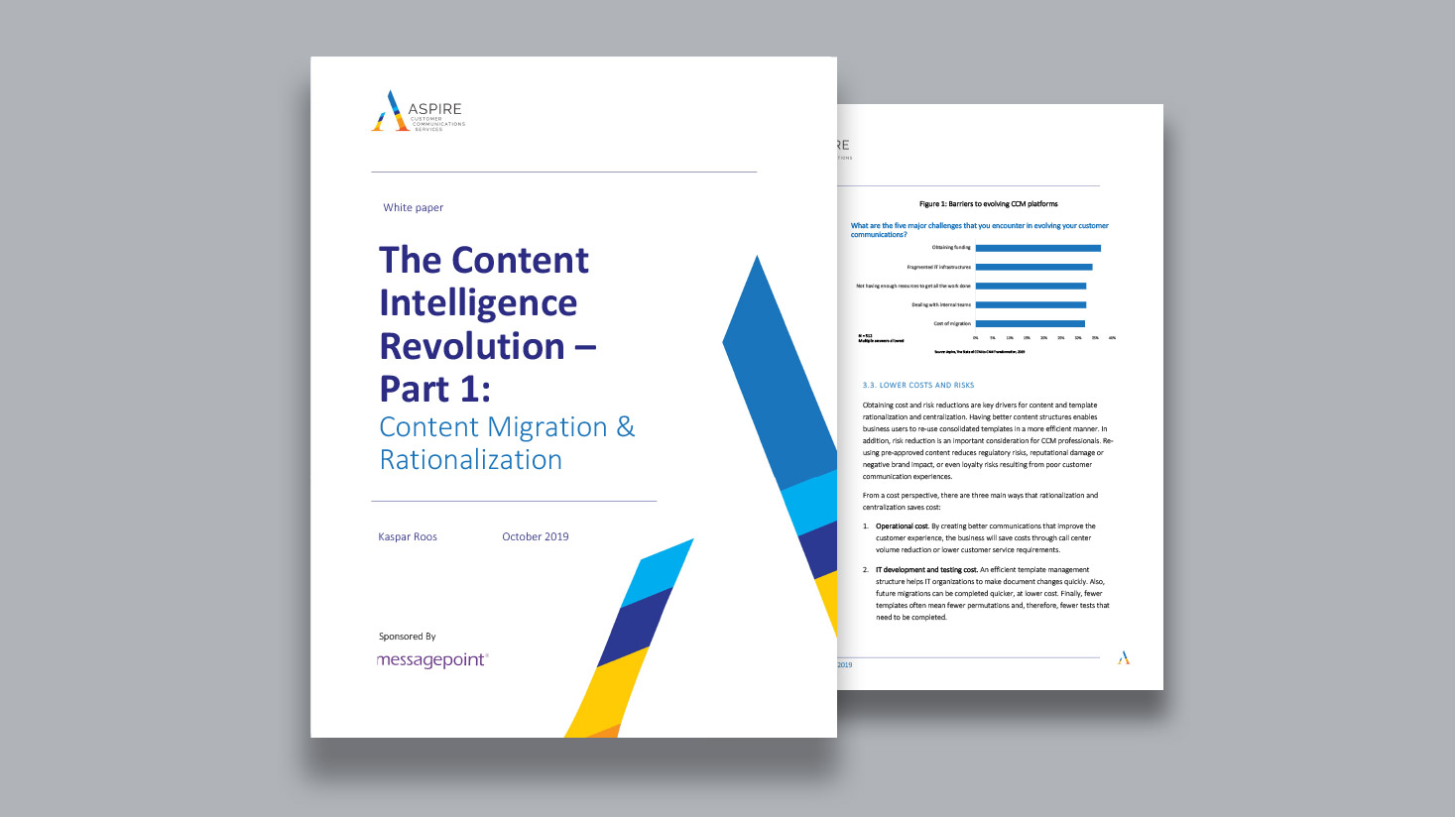
With the advent of digital, a host of new channels and methods of communication have been born. And with the influx of messages that modern consumers receive, businesses trying to engage with customers and prospects are having to try harder than ever to vie for their precious attention.
Customer engagement these days is no easy feat, and it’s only set to become more difficult. As users become more connected, more exposed to product and service information and aware of their buying options, it’s becoming ever more difficult for brands to break through the noise and make an impression at all—much less one that retains customers’ retention and trust.
The truth is that there’s no silver bullet, and no one-size-fits-all solution when it comes to growing your brand recognition and affinity; it’s a journey that takes time, effort and diligence. It requires building your organization’s stature, developing successful sales and marketing strategies aligned to your market and business model, and—perhaps most important of all—capturing the right customers and holding on to them.
The good news is that in this “always-on” digital environment, there’s a means of ensuring you brand stays top of mind with customers: omni-channel. Omni-channel customer engagement is a term that scares many marketers—after all, “omni” is defined in the dictionary as “all; of all things,”. It’s also a term that’s right at the top of the buzzword heap at the moment, but don’t let that fool you into undermining its significance.
Omni-channel marketing is, in its most simple form, the process by which brands create a near seamless transition between channels, which could include print media, TV, direct mail, radio, billboards, blogs, online ads, landing pages, and just about any other channel that can be leveraged to engage a targeted demographic of consumers.
Through effective omni-channel customer engagement, it becomes much easier to build, regain and reach new levels of brand awareness and loyalty. However, before we get started on exactly how omni-channel communications can help you do this, it’s important to note the differences between omni-channel and multichannel—two terms that are often (incorrectly) used interchangeably.
Think about the variety of channels you have to communicate with your customers: websites, social media, mobile apps, telephone, email, and direct mail. In a single-channel system, you engage with your customers using just one of these channels—a strategy that just won’t cut it in the era of digitally-engaged consumers.
In a multichannel strategy, you do exactly that—communicate with your customers through multiple channels, utilizing all the tools you can to communicate with, inform, educate, resolve issues or promote new products or services. While this is certainly a better strategy for engaging with your customers than a single-channel strategy, it also has the effect of placing them into channel-based silos. In other words, you look at your customer base as print customers, mobile app customers, web customers, phone customers, email customers, direct mail customers and so on. Additionally, by providing multiple points of contact for your customer, you could end up having them think of your company in terms of disparate channels rather than as a single brand entity.
An omni-channel strategy, however, solves this conundrum, allowing both the company and the customer to communicate and engage with one another however they wish, while at the same time making it clear that all of these different channels flow together through a single brand. This strategy enables businesses and customers to interact through multiple channels or switch from one channel to another seamlessly, based on personal preferences or time and location restraints.
By merging these disparate channels under one unified strategy—the inbound and the outbound, the digital and the physical—you create a customer experience that gives both your target audience a singular view of your brand, and your company a singular view of the customer. This helps to build back that trust in branding while providing your business a strategic way to leverage customer patterns and behaviors into more coordinated and actionable strategies.
So how can your organization start driving engagement through omni-channel communications?
In your customers’ mind, their experiences are already omni-channel—a blend of web, email and direct mail impressions. The challenge is to ensure that their experiences with you are consistent, and that messaging is reinforced across all channels.
It’s vital to find the appropriate tools necessary to ensure unified management of your customer communications across all channels. Look for a solution that allows for centralized content and messaging management that can connect your content and rules consistently across all channels.
Working with a single platform will also make it possible to reduce the number of document templates being created and offer the functionality to generate content that ensures consistency. This content should be able to be managed directly by marketers or business users regardless of channel—be it digital or print—and ideally, without the involvement of IT.
The concept behind omni-channel is a frictionless customer experience. With true omni-channel engagement, data moving from the smallest event, such as a data entry to a full-on transaction, are all combined to form a customer journey that’s fluid and not fractured. Therefore, no matter which channel a customer chooses to begin their journey on, whether they channel hop or even stop and re-engage later, all data associated with their path moves with them and is available on all other channels.
Big data holds big promise for organizations of all shapes, sizes and verticals, but the collection and use of personal information has many consumers concerned. They’re not only asking, “how do these brands know that about me?” but also, “why do they want to know that?” This is where the “creep factor” sets in: the feeling that business is getting a little too close for comfort.
For this reason, today’s organizations are asking: how can we benefit from personalization without sacrificing customer trust? Before getting started, companies may need to assess their goals. Many organizations want to understand how to use personalization to increase revenue, foster loyalty and boost customer satisfaction. But ultimately, those elements are a byproduct of a properly established program.
The first, most important stepping stone is to put the consumer at the center of the experience. Organizations can do so by:
By focusing on the individualization of the customer experience, businesses have the opportunity to provide real, practical and impactful value to consumers. When you know what makes your customers tick, you’ll be able to deliver a more relevant customer experience—taking advantage of their individual attitudes and affinities, motivations and propensities—to drive higher levels of consumer satisfaction and generate better results over the lifetime of your customers.

Messagepoint Inc. has been named as a leading provider of Customer Communications Management (CCM) solutions in the Aspire…
Read the article
Read Aspire’s take on how AI can help you migrate legacy CCM content, and automate CCM template reduction…
Read the whitepaper
Giving you intelligent control over your content so you can deliver optimized, personalized, and compliant customer communications across…
Read the brochure